Description
A manganese inosilicate mineral formed by either hydrathermal, contact metamorhpic or regional metamorphic processes.
This specimen comes from around Kenilworth in Qld. It is most likely that the surrounding matrix is a marine sediment metamorphosed by intrusion of the North Arm volcanics and/or subsequent regional deformation. The specimen is pink in colour and has been cut on one face.
A member of the pyroxenoid group of minerals. It crystallizes in the triclinic system with tabular and rectangular prismatic cyrstals. It commonly occurs as cleavable to compact masses with a pink to rose-red colour.
Although rich in manganese rhodonite is not used for any commercial purpose except for production of non-precious stone jewelery.
Formula: (Mn, Fe, Mg, Ca)SiO3
Cleavage: prismatic, almost at right angles
Hardnes: 5.5–6.5
Specific gravity: 3.4–3.7
Luster: vitreous, less frequently pearly on cleavage surface
Images are examples of specimens only. Size and shape may vary.
Specimens are usually no smaller than 75mm in one dimension.
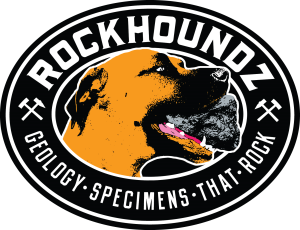



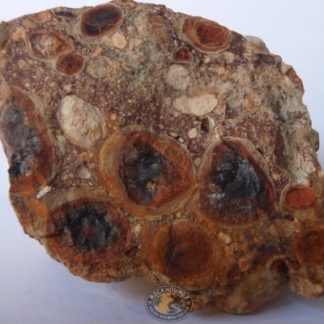
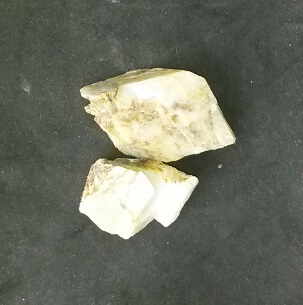
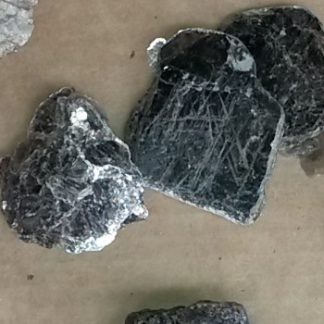

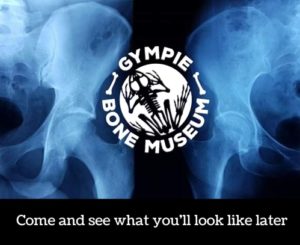
Reviews
There are no reviews yet.